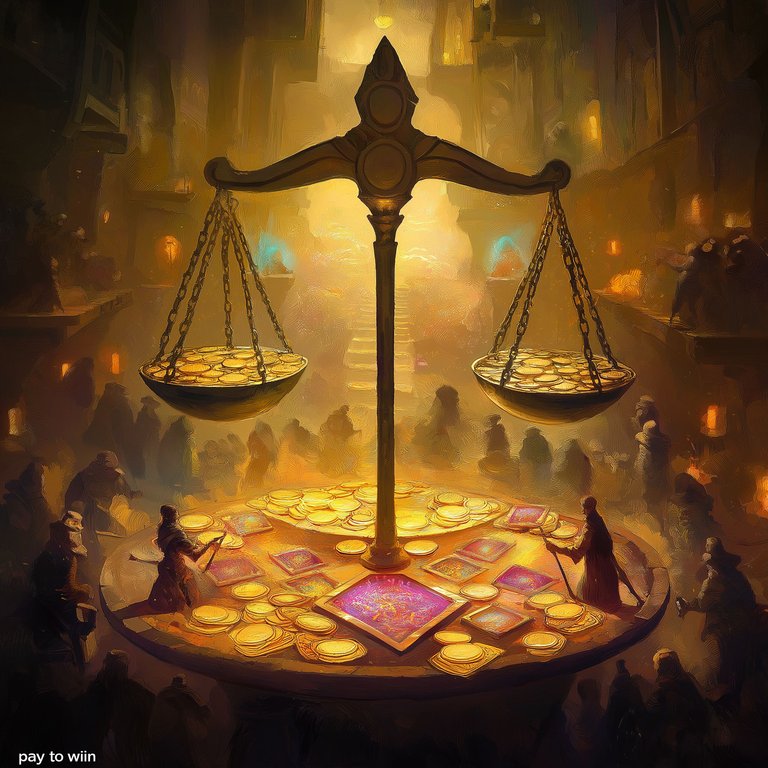
In the vibrant world of Splinterlands, a heated debate simmers: Is the game becoming too "pay to win," or are high-priced promo cards simply a natural extension of capitalist principles within the game? Let's dive into both sides of the argument and explore a balanced solution.
The Case Against "Pay to Win"
Many players express concern that expensive promotional cards give undue advantage to those who can afford them. They argue that:
- Competitive Fairness: When victory can be heavily influenced by purchasing power, it diminishes the value of skill and strategy in ranked play.
- Accessibility: High prices create barriers for new or less affluent players, potentially shrinking the community and harming the game's long-term health.
- Game Balance: Overpowered cards can disrupt the meta, making matches less engaging and diverse.
These players aren't necessarily against capitalism; they appreciate the trading and investment aspects of Splinterlands. However, they advocate for a competitive environment where success isn't primarily determined by one's wallet.
The Case for Capitalistic Gameplay
On the flip side, many believe that the economic element is integral to Splinterlands:
- Risk vs. Reward: Investing in cards is a gamble that requires skill in market analysis, akin to strategizing in battles.
- Economic Engagement: Trading and profiting from cards are legitimate forms of "winning," adding depth to the game.
- Card Rentals: The ability to rent powerful cards makes them accessible, mitigating the "pay to win" concern.
Proponents argue that stifling the economic side could lead to decreased investment, crashing card prices, and a negative feedback loop that harms the game's economy and player engagement.
Finding the Balance
The key lies in balancing economic incentives with fair competition:
- Enhance Accessibility: Improve the rental system to ensure powerful cards are affordable and available, allowing all players to compete effectively.
- Diverse Gameplay Options: Introduce game modes or leagues that cater separately to skill-based play and investment-heavy competition.
- Regular Updates: Continuously adjust card balances and introduce new content to prevent any single strategy or card from dominating.
- Community Involvement: Engage players in decision-making processes to align the game's direction with the community's desires.
Conclusion
Splinterlands thrives on both its competitive gameplay and its robust economy. Recognizing that investment and strategy both have roles to play ensures that:
- Investors can see meaningful returns without overshadowing competitive integrity.
- Competitive Players can enjoy a fair playing field where skill prevails.
- The Community grows stronger, benefiting from a dynamic market and engaging battles.
By embracing a balanced approach, Splinterlands can continue to be a game where both economic acumen and strategic prowess are rewarded, creating a rich and inclusive experience for all players.